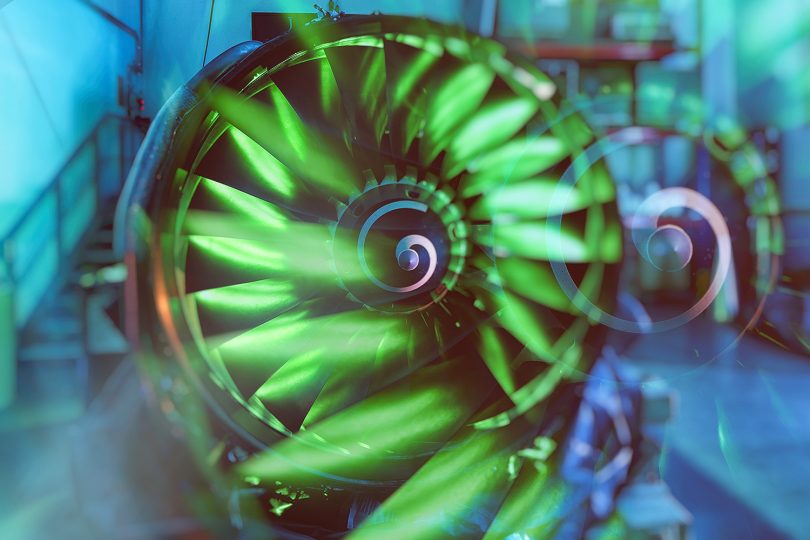Recycling of solid-state batteries Promising solutions published in "Nature Energy"
In the context of the energy transition and the necessary use of rechargeable battery storage systems, solid-state batteries offer great potential due to their potentially higher energy and power density and safety compared to conventional lithium-ion batteries. To address the rapidly increasing demand for primary materials and potential material shortages, tailor-made recycling processes for the different types of solid-state batteries need to be developed. The publication in the journal “Nature Energy” presents possible solutions for recycling the different types of solid-state batteries.
Due to the very different material-specific properties of the different solid-state batteries, different process routes are required. One possible solution to this problem is a multi-way, multi-product recycling plant that combines different routes to achieve maximum flexibility with regard to the input battery material.
The review, published in the renowned journal “Nature Energy”, focuses specifically on current recycling strategies for various solid-state batteries (SSBs). The focus is on promising solid electrolytes (SEs), including oxides, sulphides/thiophosphates/halides and polymers, as well as combinations of these (so-called hybrid solid electrolytes). The fundamental knowledge for these recycling strategies is being developed through ongoing research at the Battery LabFactory (BLB).
“Due to the different physical and chemical properties of the solid electrolytes mentioned, we are considering adapted recycling routes that include pre-treatment as well as mechanical, hydro- and pyrometallurgical processes,” says Prof. Arno Kwade, head of the Institute of Particle Technology and spokesperson of the Battery LabFactory Braunschweig (BLB).
Against this background, the Braunschweig scientists believe that a reusable and multi-product recycling plant, which can recycle as many different cell chemistries and solid-state battery types as possible, is the most promising solution for the future. This includes other next-generation batteries such as lithium-sulphur and sodium solid-state batteries.
“We also consider the further development of direct regeneration processes (so-called direct recycling) for cathode active materials and solid-state electrolytes to be necessary and very important in order to achieve higher recycling rates and minimise negative environmental impacts,” continues Prof. Kwade.
In order to develop these solutions, the researchers carried out a qualitative analysis of the current research situation in the field of SSB recycling and also drew on extensive experience and knowledge in the field of lithium-ion battery recycling (such as the lighthouse projects LithoRec I and II and the BMBF cluster greenBatt) as well as the manufacture and production of solid-state electrolytes and batteries as part of the excellence cluster “S²EA – Sustainable and Energy Efficient Aviation” and the BMBF cluster FestBatt.
The conclusions and recommendations presented in the publication are highly relevant for decision-makers in industry, science and politics. For example, the introduction of the so-called battery passport and legally defined recycling quotas for the material compounds and elements specifically used in solid-state batteries can create the prerequisites for implementing the necessary circular economy and the circular production of highly integrated products. At the same time, the tailor-made recycling routes can help to reduce the need for primary materials for critical materials and raw materials due to very high recycling rates, thereby also reducing dependence on third countries. For the scientific community, questions and possible process options and directions to be investigated are proposed that are promising for the recycling of solid-state batteries and their materials.

